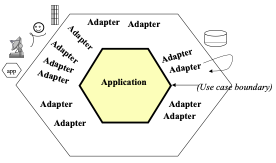A Pragmatic Guide to Spring Boot Architecture: Choosing Between Three-Layer and Clean Architecture
Software architecture is the foundational blueprint that determines the long-term success of an application. For developers working with Spring Boot, architectural choices have a direct impact on maintainability, scalability, and overall development productivity. A poorly chosen structure can result in a codebase that is hard to test, expensive to modify, and slow to evolve. Among the available patterns, Three-Layer Architecture and Clean Architecture are two of the most frequently used approaches. The former emphasizes simplicity and delivery speed, while the latter focuses on domain-centric design and long-term flexibility. This guide provides a clear, comparative analysis of both architectures, complete with practical examples, to help teams make informed decisions based on their project’s goals and constraints.
Continue Reading